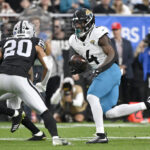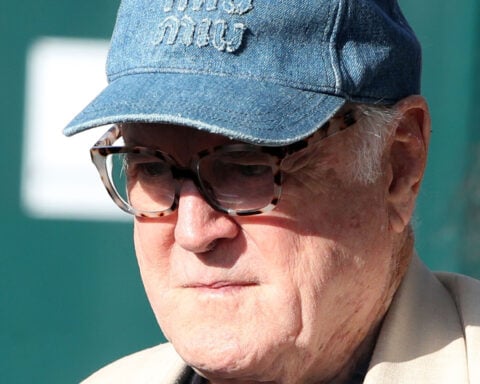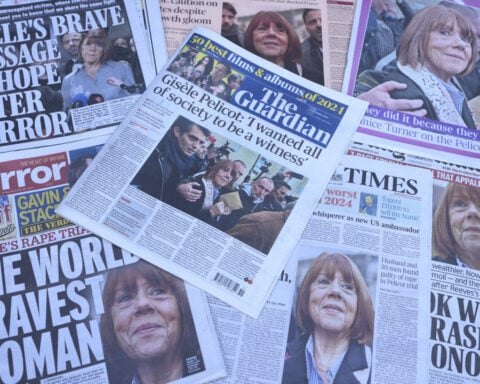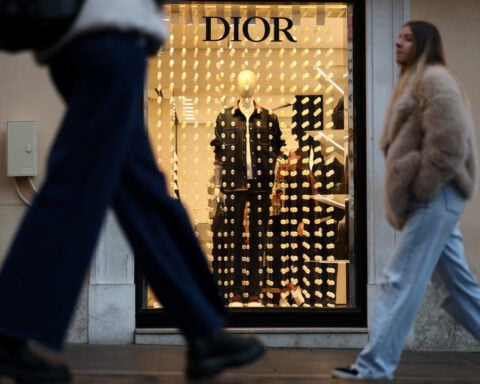From East L.A.'s streets to the world stage, cholo and Chicano culture's got everyone talking - and dressing the part.
Rewind to the '40s, when zoot suits were all the rage and L.A.'s Mexican-Americans were cooking up a look that screamed rebellion. 1943 saw the situation hit the fan when Latino kids in their baggy threads went toe-to-toe with white military boys, sparking five days of mayhem.
Estevan Oriol, the guy behind the lens, put it plainly: "They nailed the look, every damn time. That's one thing they made sure you couldn't take from them. They always had style. From the zoot suit days with those '40s cars, to the Pendleton days, to this era."
Fast forward to the '60s and '70s, and there was the full-blown cholo style. The style included razor-sharp Dickies, flannels barely hanging on, and those sweet, low-riding machines.
Luis Javier Rodriguez, old-school activist and wordsmith, told L.A. Taco, "The cholos? They're basically Pachucos 2.0. I think it was our resistance. It was a resistance to not being assimilated in America, but also not being Mexican because we weren't really Mexican anymore. We created a third way of being."
The aesthetics of cholo culture have inspired streetwear globally. In Japan, it's not uncommon to see men emulating the style with slicked-back hair, creased Dickies, and oversized flannels. Lowrider culture has also spread internationally.
"I got a '65 that's getting worked on to pay homage to my father who had one," said comedian Frankie Quiñones, describing the importance of lowriders in cholo culture.
Street art featuring roses, chains, calligraphy, and religious imagery is another key visual element. Muralism became an important artistic expression, with roots tracing back to Mexican muralists.
The culture carries complex values of respect, loyalty, and family. However, these values have also been co-opted by some gangs, leading to stereotypes associating the style with criminality.
Photographer Estevan Oriol played a key role in spreading cholo aesthetics globally through his work touring with hip hop groups like Cypress Hill. Artist Mark Machado, known as Mister Cartoon, further popularized the style through his tattoo work on celebrities.
Today, cholo-inspired fashion and aesthetics can be found worldwide, from H&M clothing to Instagram content. While some worry about cultural appropriation, others see it as cultural exchange and appreciation.
"I think it was the style that best spoke to their own traumas from war, from being in a new country," Rodriguez said of the style's appeal to other immigrant groups.
Ultimately, cholo culture embodies themes of survival, resistance, and identity for many Latinos in America. As it continues to evolve and spread globally, its roots in the Mexican-American experience remain an essential part of its history and meaning.

 Former Israeli spies describe attack using exploding electronic devices against Hezbollah
Former Israeli spies describe attack using exploding electronic devices against Hezbollah
 Westpac admits to overcharging more than 24,000 customers in New Zealand
Westpac admits to overcharging more than 24,000 customers in New Zealand
 Oil prices firm on hopes of US policy support for economic growth
Oil prices firm on hopes of US policy support for economic growth
 A Holy Year is about to start in Rome. Here's what you need to know
A Holy Year is about to start in Rome. Here's what you need to know
 Dollar steady after benign US inflation eases worries over rates
Dollar steady after benign US inflation eases worries over rates
 Makers of Taiwan's 'Zero Day' TV series set around invasion fear backlash from China
Makers of Taiwan's 'Zero Day' TV series set around invasion fear backlash from China
 O'Connell passes for 257 yards and Raiders snap 10-game skid with 19-14 win over Jaguars
O'Connell passes for 257 yards and Raiders snap 10-game skid with 19-14 win over Jaguars
 From East L.A.'s streets to the world stage, cholo and Chicano culture's got everyone talking - and dressing the part.
From East L.A.'s streets to the world stage, cholo and Chicano culture's got everyone talking - and dressing the part.






